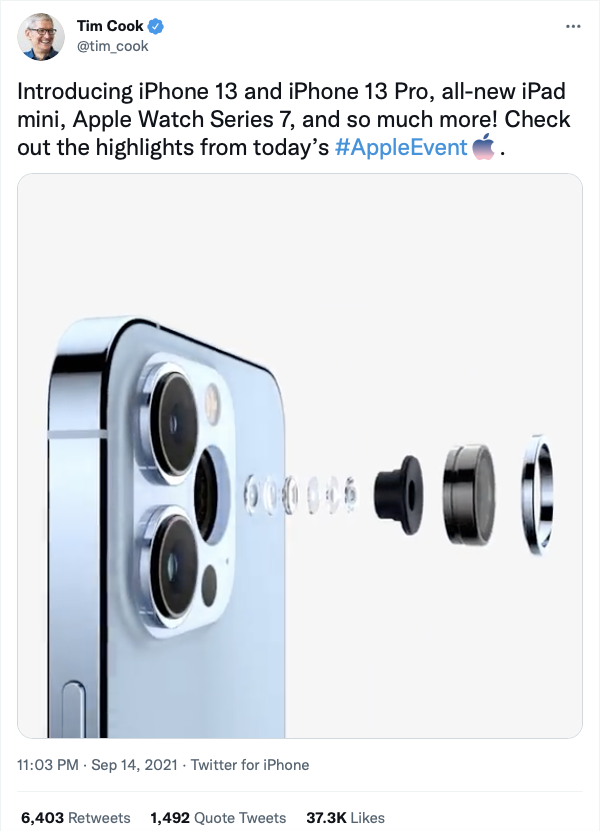
Apple dramatically changed the dynamics of music syncs in 2003 with its “silhouette” ads pushing both the iPod and the iTunes Store. Apple also put tens of millions of dollars behind these campaigns, delivering reach and impact on a scale that was simply inconceivable for the record business before this point.
What was different and significant about these ads, however, was the linked position of Apple as both a retailer – following the launch of the iTunes Store – and as a marketer. Not only did acts featured in the ads get a sync fee, they also got a boost in their profile on the iTunes Store to drive huge sales of the music from the ads. Caesars, Feist, Jet, The Ting Tings and The Fratellis were among the new acts who had a rocket put under their careers after soundtracking these ads.
(Some cynical voices at the time raised questions about this delicate power balance – wondering if some artists felt compelled to agree to be in an ad to ensure that support on the iTunes Store was not negatively affected.)
Approaching two decades of Apple being a powerful sync-slash-retail partner for artists, it is inarguable that the company has it all down to a fine art. But there is a counter criticism that, as it is becoming a standardised part of its marketing arsenal, that the shock of the new diminishes with each new sync and it becomes incrementally harder to gain traction from such a placement.
The use of ‘Winner Walk’ by Jus Now and XOriginals in an Apple ad in September for a range of new products (notably the iPhone 13 and Apple Watch Series 7) is a case in point and perhaps suffered from such overfamiliarity. Which is an incredible shame as: a) it’s a great track; and b) it is wonderful that Apple is supporting music that mixes Trinidadian Soca with UK underground bass.
Apple CEO Tim Cook might have tweeted the video clip out to his 13m followers but, a fortnight later, it had only drawn 37.3k likes and had 793.1k views. More worryingly, it only had 2,428 tags on Shazam (also owned by Apple). Of course any support for new artists from a company as big as Apple is to be welcomed, but the feeling one is left with is that Apple’s power as a kingmaker of new talent through its product ads is perhaps not quite what it used to be.